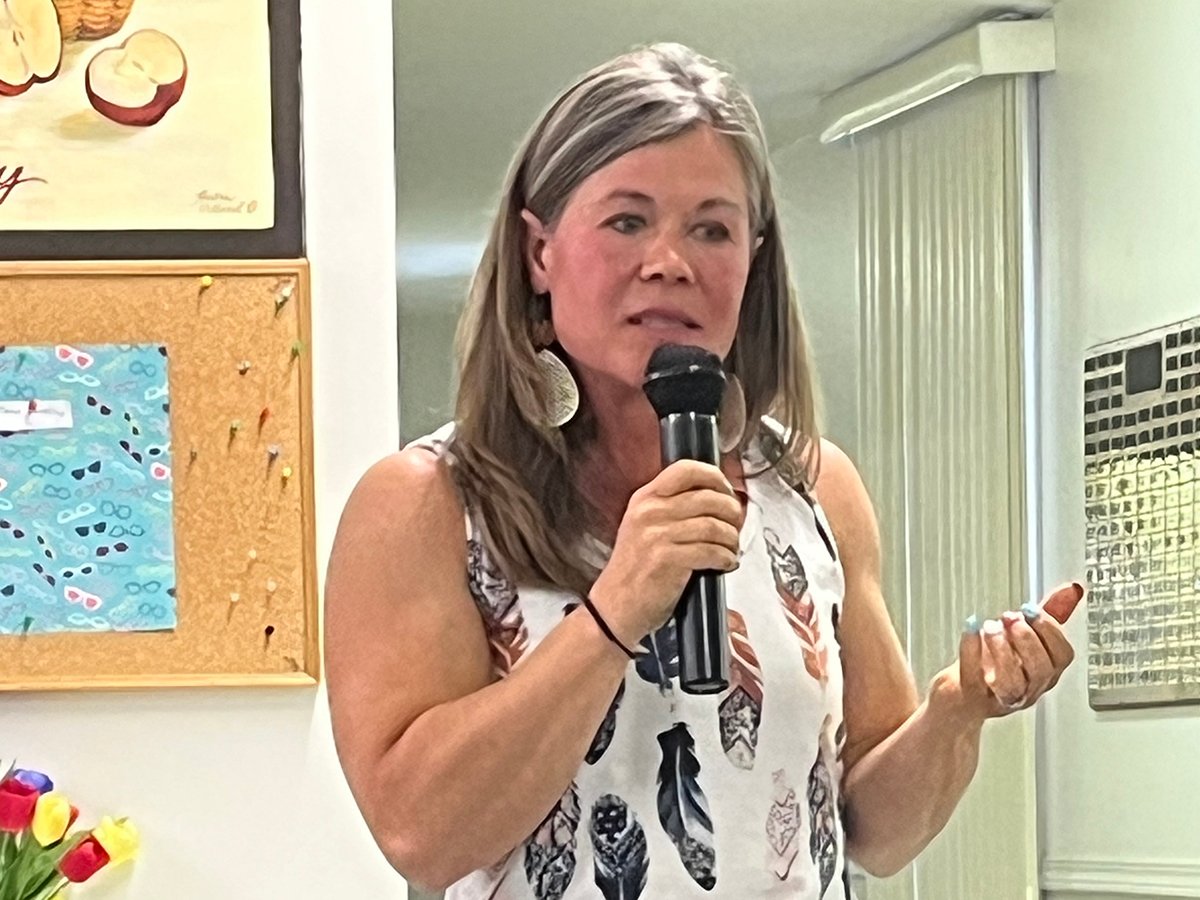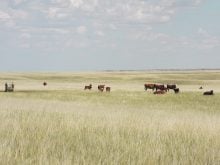OLDS, Alta. — Livestock producers and veterinarians must take a more refined approach to animal care when new rules about dispensing antibiotics come into effect in December.
Until now, a veterinarian might give a sick animal an antimicrobial but may not do the diagnostic work to understand what made the animal sick.
“It not about throwing an antimicrobial at it, but I have to actually figure out what is wrong and making it right,” said Dr. Pat Burrage, who has a mixed practice at Bluffton, Alta.
Read Also

Petition launched over grazing lease controversy
Battle continues between the need for generation of tax revenue from irrigation and the preservation of native grasslands in southern Alberta rural municipality.
“Instead of automatically treating the animal because a foot rot infection is suspected, the vet may have to do some diagnostic work — why is the cow limping?” he said at an antibiotics information day hosted by Alberta Farm Animal Care in Olds April 28.
“I think there will be adjustments in the veterinary profession in how we manage the new regulations and that will see changes.”
Producers understand societal pressure to reduce antibiotics in food producing animals but many are not sure what the new regime expects of them, said rancher Greg Bowie of Ponoka, Alta.
“The majority of producers do recognize society has a lot of pressure on agriculture. Whether they are using facts to come up with their conclusions is really irrelevant. Societal pressure will have a huge impact on agriculture going forward,” he said.
“There are a lot of questions from producers. I don’t know if industry, government or the vet profession has done a good job of getting the word out there.”
The new rules require veterinarian prescriptions for antibiotics.
Bowie wonders about the practicality of that if producers are not allowed to buy common antimicrobials and treat sick animals on their own.
“The vets don’t have the time to be out on a 10,000 acre pasture on horseback roping a yearling steer that needs to be treated for foot rot,” he said.
The poultry sector banned the use of Category I antibiotics that are also used in human medicine.
“Antimicrobials were an alternative to veterinarians,” said poultry veterinarian Dr. Tom Inglis.
“As an industry we used antimicrobials to diagnose and treat disease. When we took them away on purpose in the poultry industry, we actually moved the needle on productivity.”
The costs associated with more veterinary visits and dispensing fees for medicines is a major concern for many producers.
There is no specific guideline for fees, said Darrell Dalton, registrar of the Alberta Veterinary Medical Association.
The professionals charge for their time and expertise, but few charge dispensing fees. Instead, many mark up the price of the antibiotics.
The new rules allow producers to take their business elsewhere if they are not satisfied. Dalton envisions pharmaceutical centres dispensing veterinary drugs that will be competitively priced.
Producers and veterinarians also worry the new regulations are just the beginning
“I don’t see this as a cascade of regulations,” said veterinarian Dr. Duane Landals, president of the SPCA.
“Once we get past the change, we will have a relatively small negative impact. It gives us an opportunity to start implementing change so we are not faced with other regulations.”















